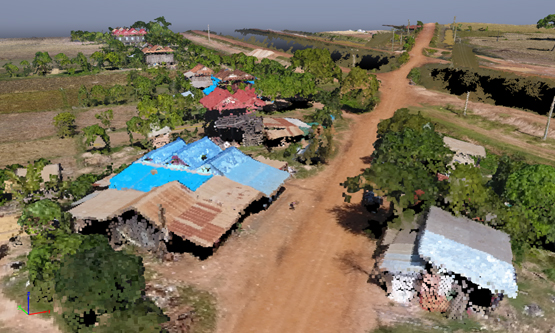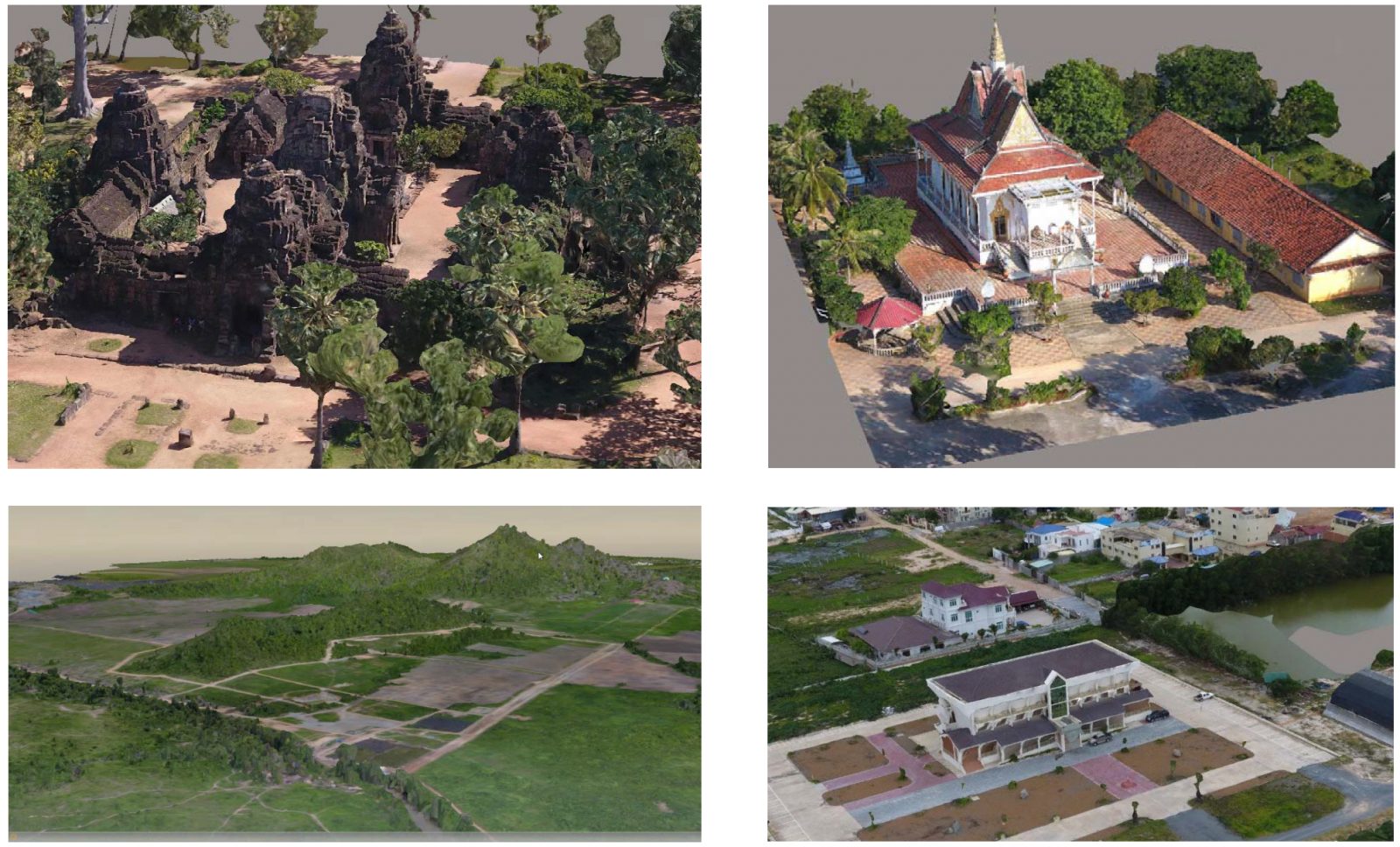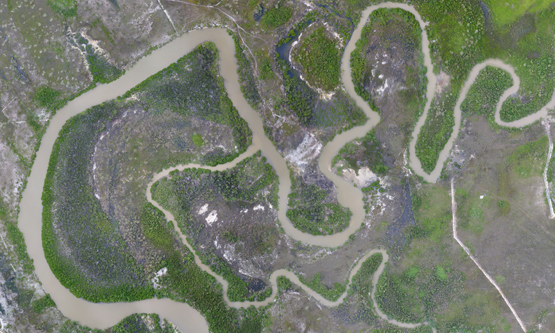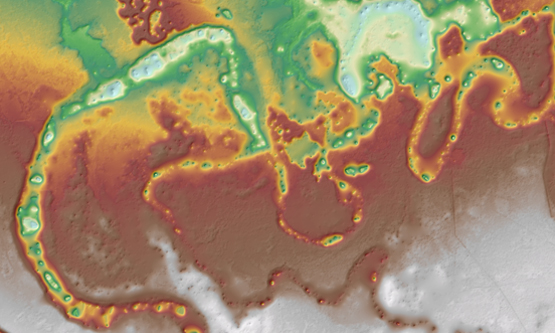We can provide custom mapping services, generally with very short turnaround. After detailed mission planning (determining client parameters such as area to be covered, frequency of mapping, etc.), we fly the mission using whichever UAV type (fixed wing or multirotor) is appropriate for the location. Then we process the data according to client specification, including such details as:
- Dense point cloud
- High-resolution georectified orthomosaic
- Elevation data (DSM or DTM, contour lines, XYZ CSV file)
- 3D textured mesh
- Output to Global Mapper, ArcGIS, AutoCAD, etc.
- Provide the map in printed, electronic or online format
 |
Drone Mapping Applications
|
Descriptions of outputs from drone mapping
 |
Dense Point Cloud
A point cloud is a set of data points in some coordinate system. In a three-dimensional coordinate system, these points are usually defined by X, Y, and Z coordinates, and often are intended to represent the external surface of an object. |
|
 |
3D Textured Mesh
|
|
 |
High-resolution Orthomosaic
|
|
 |
Digital Surface Models (DSM)
|
|
 |
Digital Terrain Models (DTM)
|
|
 |
Contour Lines, Flow Direction Points, and Stream Network
|
